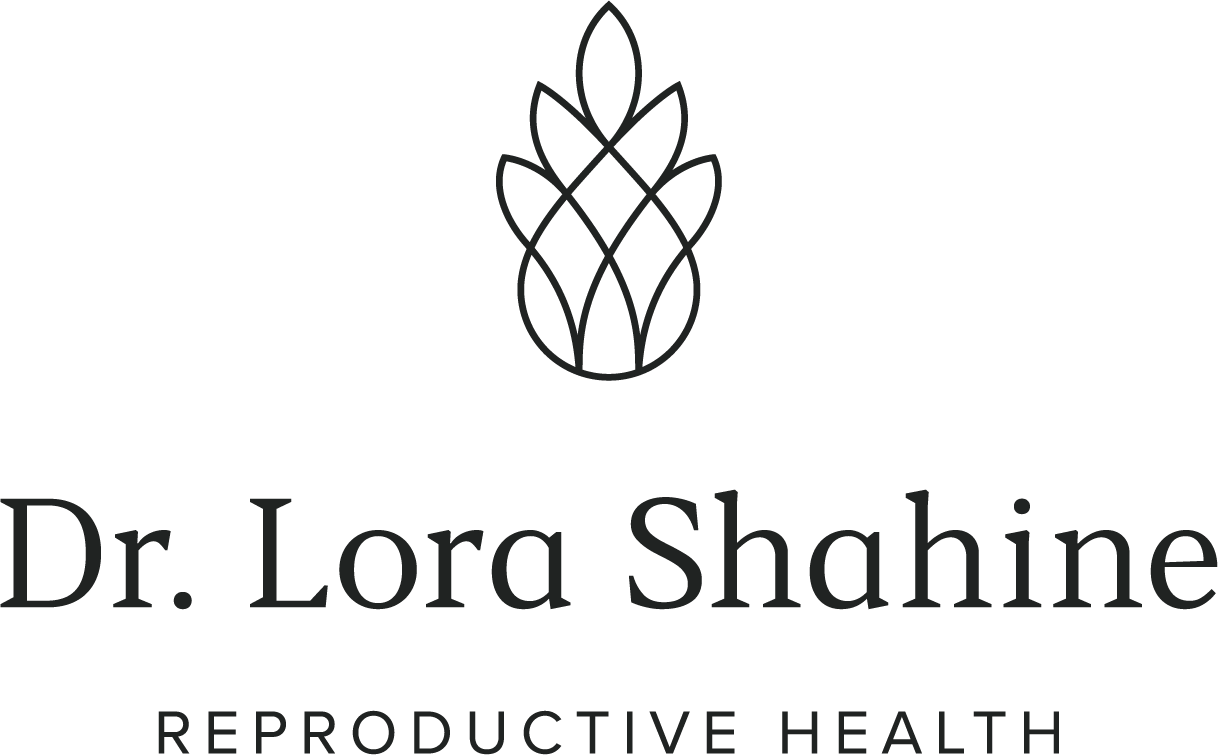Preventing and Treating OHSS: A Scary IVF Risk
Ovarian Hyperstimulation Syndrome (OHSS) is one of the scariest risk factors of IVF, but it doesn’t have to be. With preparation, treatment choices, and prevention, you can avoid this uncomfortable and potentially dangerous risk factor from ovarian stimulation.
To maximize the number of eggs retrieved for IVF and egg freezing, fertility treatment involves stimulating the ovaries to mature more eggs. A higher egg number can often predict a higher success rate with treatment, but a side effect can be significant fluid shifts and bloating also known as OHSS.
When OHSS occurs, it can be mild, moderate, or severe, with symptoms ranging from discomfort and bloating to significant dehydration, shortness of breath, nausea, and even hospitalization for recovery.
In this episode, Dr. Shahine does a deep dive into OHSS.
You’ll learn
What OHSS is
Why OHSS happens and Who is at risk
Ways to prevent OHSS
Ways to treat symptoms if it occurs so you have a speedy recovery
This week’s fertility story is about an OHSS patient Dr. Shahine will never forget from her training. It’s a reminder to never to ignore your care team’s instructions.
Time Stamps
[00:00] Intro: What is OHSS and why is it scary?
[01:07] My experience caring for patients with OHSS over the years
[02:13] OHSS Definition, Classification
[05:29] Physiology of OHSS – Why does it happen?
[07:12] Risk factors for OHSS – Who is at risk?
[09:41] Treatment options to prevent and recover quickly from OHSS
[09:55] Prevention of OHSS
What to know before you start stimulation
Choosing a protocol and medications to add to decrease risk
Metformin, trigger shot, cabergoline, and more
[21:47] Treatment if OHSS happens
How to recover faster
Increasing electrolytes and protein at home,
When do you need IV fluids or hospitalization to recover (rarely)
[25:58] Fertility story of Dr. Shahine’s Patient: Warning of the dangers of OHSS
[31:51] Outro and thank you
Resources
Try LMNT daily during your stimulation process to increase electrolyte intake and decrease the symptoms of bloating during IVF and egg freezing. Mix one packet in 40 ounces of water and sip throughout the day.
LMNT has sodium and potassium to help decrease bloating as well as magnesium to prevent constipation (common after egg retrieval)
Using this link: drinklmnt.com/DrShahine or code DrShahine at checkout to get a sample pack of all flavors with your first purchase.
Dr. Shahine’s YouTube Videos on OHSS
OHSS is the Biggest Risk Factor for IVF: What you need to know
Stay Up to Date in Fertility News and Events: Weekly Newsletter
Follow @drlorashahine Instagram YouTube Tiktok Her Books
Studies mentioned in podcast
Who is at risk of OHSS?
Younger age: One study showed 60% of women who got OHSS were less than 35 yo
Lower BMI: Some studies show a higher risk of OHSS if BMI <23 but not all studies show an association https://www.ncbi.nlm.nih.gov/pmc/articles/PMC7851086/
A higher ovarian reserve predicts higher risk of OHSS: AMH > 5 https://www.sciencedirect.com/science/article/abs/pii/S0002937814001689
Antral Follicle count >24 https://www.sciencedirect.com/science/article/abs/pii/S0015028212005961
For more information on ovarian reserve testing see my video: https://youtu.be/bYJWXIY6GHg
Patients with PCOS often have a high AMH and high AFC – if you’re diagnosed with PCOS – ask about OHSS risk in IVF
A high response to stimulation in the IVF cycle can predict risk of OHSS
Estradiol levels at time of trigger >3500 pg/mL: https://pubmed.ncbi.nlm.nih.gov/12773437/
More than 20 follicles https://www.tandfonline.com/doi/full/10.1080/14647270601021743
More than 15 eggs retrieved https://www.sciencedirect.com/science/article/pii/S0015028213034584
Aspirin and OHSS: https://www.sciencedirect.com/science/article/pii/S0015028209001320
Metformin and OHSS: https://academic.oup.com/humrep/article/26/8/2178/645906
Trigger shot and OHSS: https://www.sciencedirect.com/science/article/abs/pii/S1472648310602003
Cabergoline and OHSS: https://academic.oup.com/jcem/article/92/8/2931/2597480

